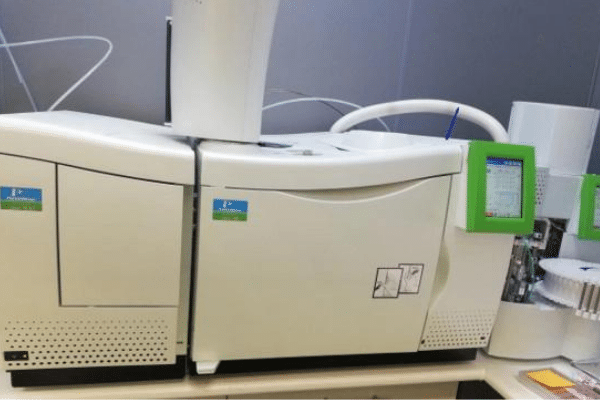Chromatography, mass spectrometry or spectrophotometry are just some of the chemical analytical techniques used in laboratories around the world. In this article we are going to focus on chemical analytical techniques and how they are applied in industry for problem solving.
What are analytical techniques?
The purpose of analytical techniques is to determine a parameter, usually by means of an instrument, and by taking advantage of the physical, chemical or biological properties of the material. There are different types of analytical techniques, including toxicological, biological, microbiological and chemical.
What are chemical analytical techniques?
Analytical technique is the means by which a chemical analysis is carried out to determine the concentration of a compound or chemical element. Today, laboratory techniques can identify the structure, composition and quantity of a substance with an enormous degree of accuracy. In addition, they can determine whether a chemical reaction has taken place and what the consequences were. This analysis can be qualitative and quantitative.
Classification of analytical techniques
They can be divided according to the main types of instrumentation used:
Spectroscopic techniques
These instrumental methods are based on the interaction of electromagnetic radiation and matter, which makes it possible to identify the analyte or determine its concentration. The analyte (the substance being used) undergoes absorption, emission or luminescence processes.
These are some examples of spectroscopic techniques:
- Ultraviolet-visible spectrophotometry.
- Fluorescence spectrophotometry
- Infrared spectrophotometry
- X-ray spectroscopy
Electrochemical techniques
This set of techniques is based on the application of energy and chemical ions. In a simplified form, it consists of introducing an electrical signal and analyzing the electrical response it generates in the matter under study.
These are some examples of electrochemical techniques:
- Potentiometry
- Voltammetry
- Redissolution techniques
- Potentiostatic coulometry
- Electrogravimetry
Chromatographic techniques
Before proceeding with a chemical analysis on a complex sample, it is necessary to separate the analyte from possible interferences, so separation methods are used, chromatography being the most widely used. This separation technique, which is also an analysis technique in itself, makes it possible to separate and identify compounds in gases and liquids.
- Liquid chromatography
- Gas chromatography
As a practical example of the use of gas chromatography, here is a case study of Infinitia’s success in odor analysis to demonstrate the effectiveness of catalytic filters.
Thermogravimetry
This thermal analysis measures the properties of a material as a function of its temperature, recording the weight and taking into account the factor of temperature and time.
Mass spectrometry
Mass spectrometry (MS) allows the mass of a molecule to be determined. It requires very small amounts of samples and allows to obtain more information about the structure and chemical properties of molecules.
Microscopy
Microscopy uses a microscope to obtain images of certain structures, which are too small for the human eye to see with the naked eye.
In analytical chemistry it is very common to use coupled techniques, i.e. two or more techniques that allow to obtain the required information in an optimal way.
The most common case is the coupling of a chromatographic technique with mass spectrometry, as you can see in this analysis of gases and silicones to ensure compliance with REACH legislation, a challenge that Infinitia scientists solved with gas chromatography-mass spectrometry (GC-MS) analysis.
Analytical Techniques for Problem Solving: Procedure
How are these techniques used to solve problems? How is the validation of analytical techniques performed? Generally, these are the phases of the analytical process:
1) Problem/challenge determination
First of all, it is necessary to define the starting point and be clear about what information we want to obtain from the analysis.
2) Validation of the analytical method
This process seeks to demonstrate that the analytical procedures to be used are suitable for a given purpose.
3) Sampling
It is necessary to obtain a sample of the material to be analyzed that has the same composition as the whole. In most of the analyses it is necessary to proceed to the treatment of the sample to be able to proceed with the analysis.
4) Chemical analysis
Performance of the chemical analysis using the previously selected analytical technique.
5) Evaluation
Once the results are known, it is important to write them down in a report and, of course, to draw conclusions.
To approach the theory with a practical example, we present this case of analysis of odors and volatile organic compounds inside a vehicle. The client needed an analysis of odors and gases, as well as the different sources of emissions in order to know their importance and to be able to make future improvements and developments. The sampling was performed in different areas of the car and with different conditions, while the gas chromatography-mass spectrometry (GC-MS) analysis technique was selected. By way of evaluation, the result was a complete list of odors and chemical components. This report was translated into a document to help define the client’s business strategy.
If you are facing an industrial challenge, our Forensic Engineering team is specialized in selecting and applying the right analytical techniques for each problem to be solved. Contact us for more information.

